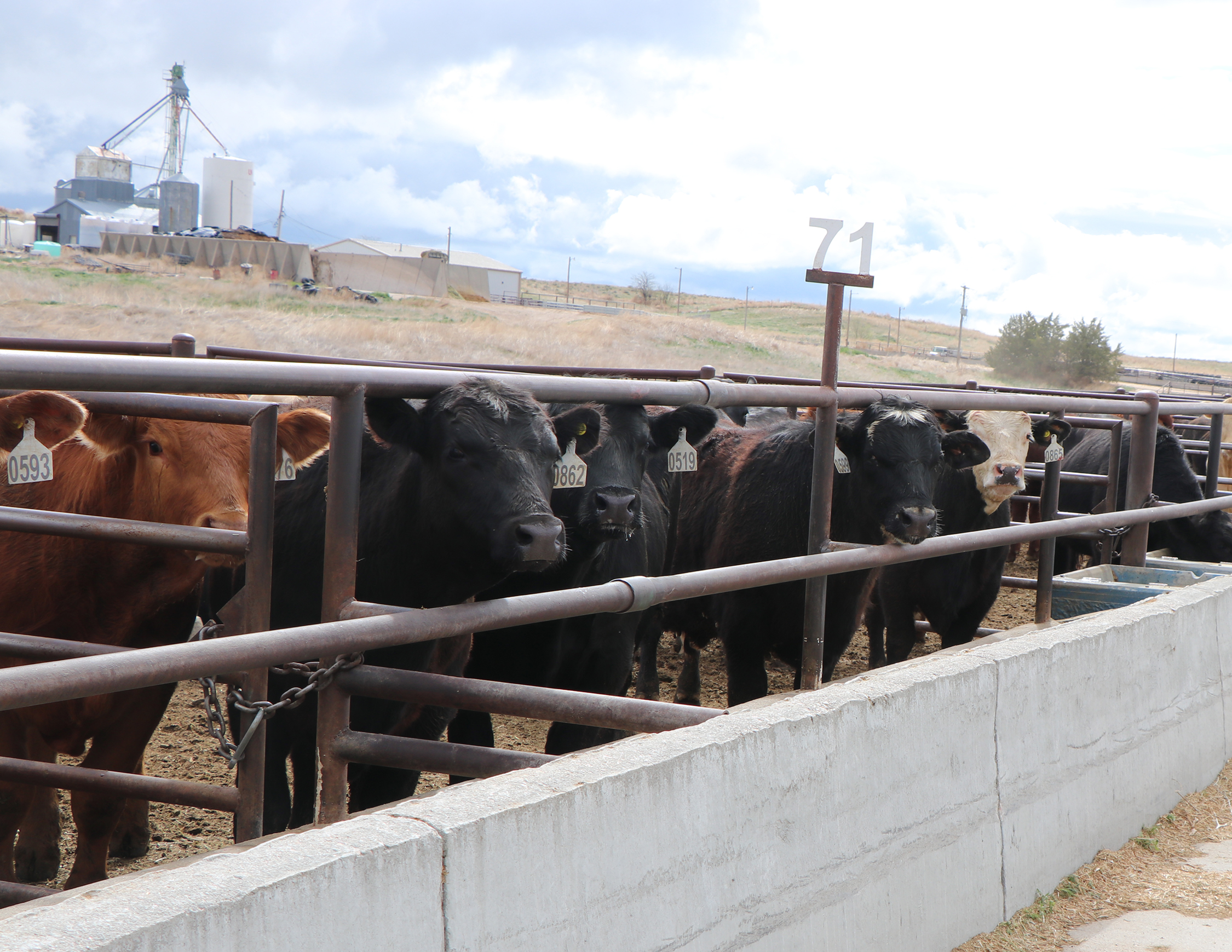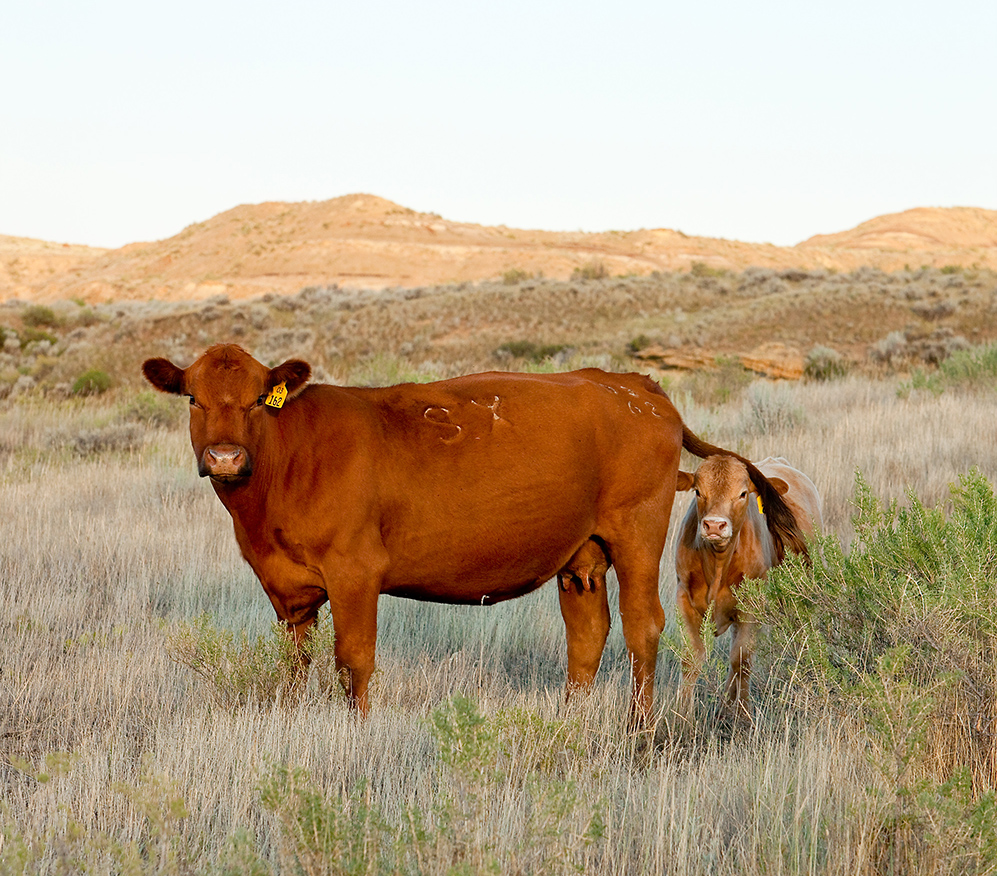Livestock Production
Livestock production has long been the biggest sector of the agricultural economy in the Panhandle. Research conducted at the Panhandle Research and Extension Center is aimed at addressing the challenges facing producers, answering their questions, and improving their net return.
As the livestock industry has changed, so has our program emphasis. In times past, livestock production was a sidelight common to the many smaller family farms, in which many farmers kept several types of livestock. It has evolved into a specialized sector of Panhandle agriculture, encompassing a number of even more specialized types of operations.
In past decades, UNL conducted research in the Panhandle on lamb feeding, dairy, swine production, and cattle. Today we concentrate on cattle feeding and nutrition, cow-calf production, range and forage management, and rangeland ecology.

